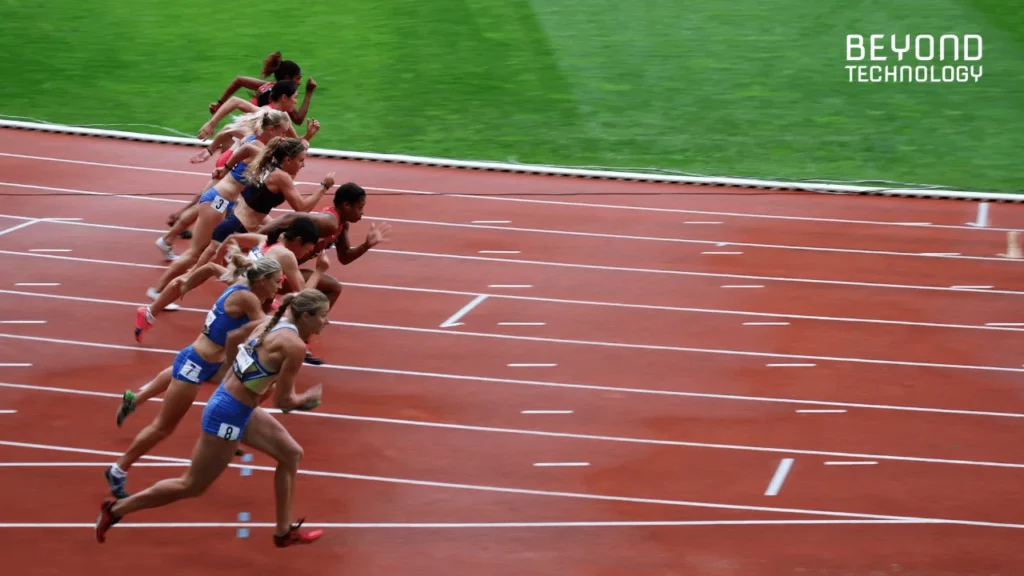
Beyond medals and records, the Paris 2024 Summer Olympic Games will become a showcase for technological innovation. Artificial intelligence, with its multiple applications, promises to revolutionize the experience for both athletes and spectators.
Applications of Artificial Intelligence in Sports
AI is also revolutionizing the world of sports, being used to improve athlete performance, optimize event management, and offer a more immersive experience for spectators. Here are some examples:
Performance analysis: AI can analyze large amounts of data to identify patterns and trends in athlete performance, allowing coaches to personalize their training programs.
Injury prevention: Algorithms can detect early signs of injuries, enabling medical staff to intervene before serious damage occurs.
Refereeing: AI can also assist referees in making more accurate and fair decisions, especially in sports where subjectivity plays a significant role.
Spectator experience: It is possible to create personalized experiences for the audience, such as event summaries and virtual reality.
All these applications offer numerous benefits, such as improving the accuracy in measuring times, distances, and other key parameters in competitions, as well as optimizing event management, from logistics to security.
AI will also help ensure that competitions are fairer and more transparent, leading to greater equity.
Examples of Artificial Intelligence Technologies to be Used in Paris 2024
Computer vision will be used to track athletes, analyze their movements, and generate real-time statistics.
Machine learning techniques will train models that can predict outcomes, identify game patterns, and optimize strategies.
Natural language processing, which is used to generate event summaries, answer spectator questions, and translate content in real time, will also be present.
As technology continues to advance, we can expect to see even more innovative and surprising applications. In short, artificial intelligence is taking the Olympic Games to a new level.
Sources:
